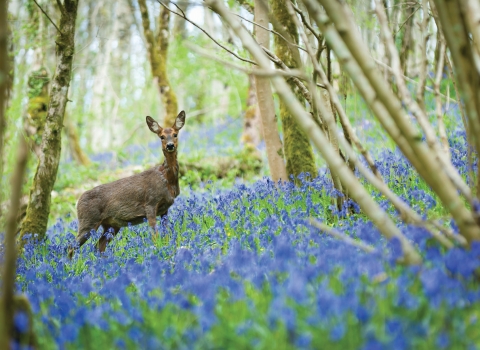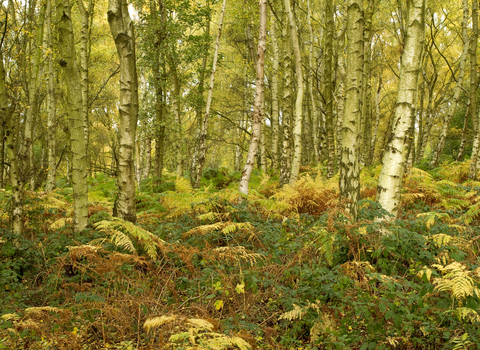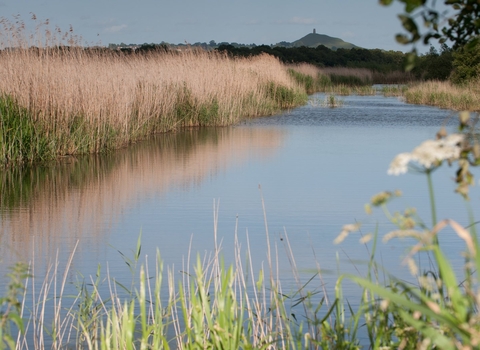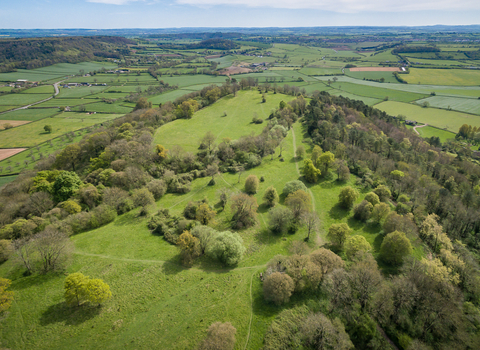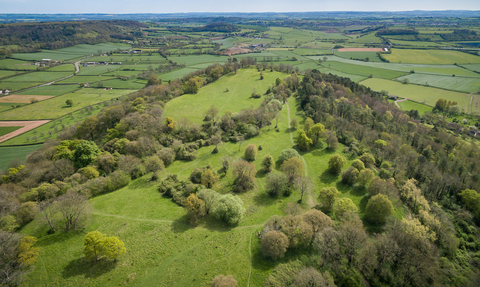
Steve Law
Somerset's Nature Recovery
Making space for nature
Currently only 10% of the county can be classified as being in good natural or semi-natural condition with species-rich natural habitats supporting abundant and diverse wildlife, enabling it to move, reproduce and thrive.
For nature to recover, we need to triple the amount of land managed for nature and at the heart of this ambition is the need to create a strong, interconnected network of wild spaces; connecting natural spaces, restoring the resilience of our ecosystems at a landscape scale, and providing us with healthy soils, clean air and water.
Working with our peers, partners, communities, farmers and landowners we will develop positive ‘restoration pathways’ and identify key actions that can be used to improve habitat connectivity and create space for nature. Land of any size can contribute to the Nature Recovery Network – nature reserves, community spaces, gardens, farms, parks, churchyards and schools – it works at any scale.
A Nature Recovery Network
We believe in a future Britain where nature is a normal part of childhood and where wildlife thrives across the landscape. Where our urban spaces are green jungles and our seas are bursting with life. Where seeing a water vole or toad is an every day experience.
Our proposals for a Nature Recovery Network will put space for nature at the heart of our farming and planning systems; to bring nature into the places where most people live their daily lives. We need new laws, including an Environment Act passed by the Westminster government, to ensure this happens. In it, local Nature Recovery Maps would be produced to achieve key Government targets for increasing the extent and quality of natural habitats, turning nature’s recovery from an aspiration to a reality.
Habitats are fragmented, there isn’t enough space for wildlife to move around, and many of our plants and animals are declining.
Giving nature a voice
In order for nature to thrive, it has to have a voice. We must become nature's voice. It's vital that we turn up the volume and shout about the things we feel strongly about happening either on our own doorsteps, in our communities or on a national level.
Creating a Nature Recovery Network means we must ensure that, at a local and national government level that nature is placed at the heart of all decisions. From planning policy, agricultural policy, climate adaptation, pesticides, peat or land management practices that damage the natural environment we must take action where we can to bring about change and better outcomes for nature. You can help by getting involved in our Campaigns.
Get the latest on what we're up to
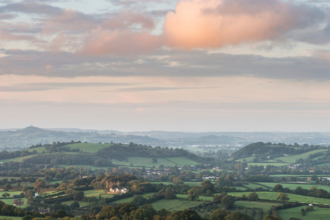
Thousands of species set to benefit from new government funding
Lapwings, water voles and dragonflies are among the species to benefit from new government funding awarded today to restore and create…
Will governments agree strong measures on food and farming at COP28 this December?
Nature, land, food and farming will take centre stage at this year’s climate summit – COP28 in Dubai in December. Vicki Hird, our…
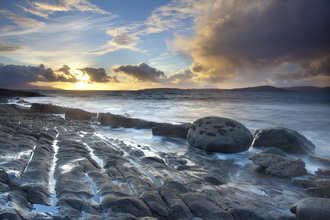
Cause for great concern as sea surface temperatures reach all time high
Today, the Copernicus climate modelling service has reported an all time high in the global average daily sea surface temperatures.…

